Stellarium
Description
In this lesson, students explore the motions of the Moon throughout a single day, comparing these observations for locations in the northern and southern hemispheres.
Standards
- NGSS Disciplinary Core Ideas
- ESS1.A: The Universe and Its Stars; Patterns of the apparent motion of the sun, the moon, and stars in the sky can be observed, described, predicted, and explained with models.
- NGSS Performance Expectations
- SMS-ESS1.1: Develop and use a model of the Earth-sun-moon system to describe the cyclic patterns of lunar phases, eclipses of the sun and moon, and seasons.
- NGSS Crosscutting Concepts
- Patterns: Patterns can be used to identify cause and effect relationships.
- NGSS Science and Engineering Practices
- SAnalyzing and Interpreting Data
- Constructing Explanations and Designing Solutions
Materials
- Computer
- Stellarium
- a computer mouse makes the activity easier
Lesson Sequence
- Choose Lexington, KY as your location in Stellarium if it is not already there. Set the date to September 22, 2013. Set the time to 06:00. Find and zoom in on the Moon.
- What does the moon look like?
- Where is the Moon located in the sky?
- Change your location to Puerto Montt, Chile. Keep the date and time the same. Find and zoom in on the Moon.
- What does the Moon look like?
- Where is the Moon located in the sky?
- Change your location back to Lexington, KY. Change the time to 22:00, when the Moon should be have just risen. Use the search tool to find the Moon. Use the time tool to move through the day, increasing by an hour at a time. Continue until the Moon sets.
- Describe the path of the Moon in the sky during one day.
- Where is the sun in relation to the Moon during the day?
- Change your location to Puerto Montt, Chile once again. Change the time to 22:00, when the Moon should be about to rise. Use the search tool to find the Moon. Use the time tool to move through the day, increasing by an hour at a time. Continue until the Moon sets.
- Describe the path of the Moon in the sky during one day.
- Where is the Sun in relation to the Moon during the day?
- Change the location back to Lexington, KY. Choose your next birthday as the date.
- When is your birthday? (Month/Day)
- What does the Moon look like?
- At what time does the Moon rise?
- Where is the Moon in the sky when it is rising?
- At what time does the Moon set?
- Where is the Moon in the sky when it is setting?
- Describe the path of the Moon in the sky during one day.
- Explore Stellarium on your own. See if you can find an interesting feature to share.

 Lessons created by:
Lessons created by: